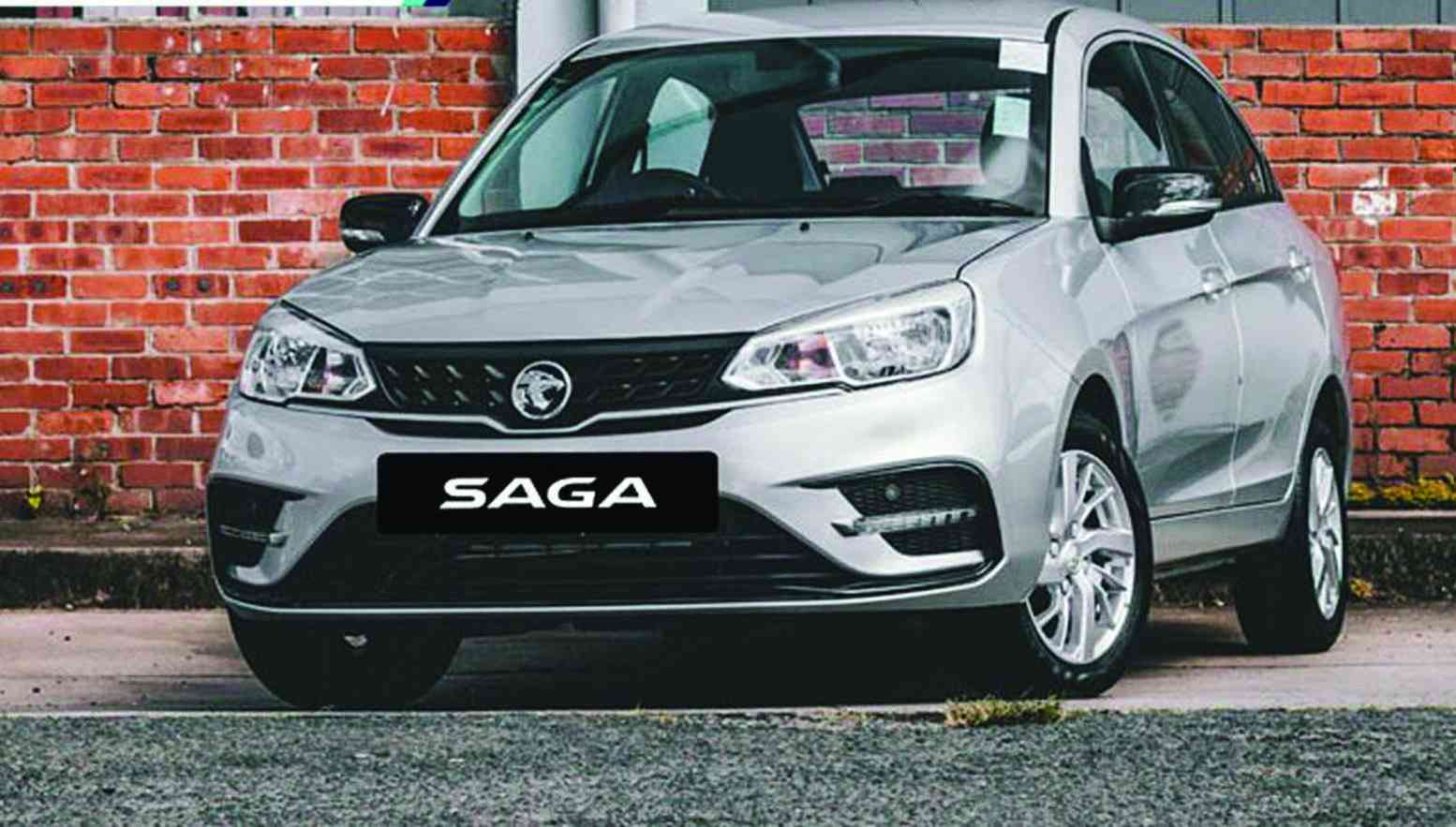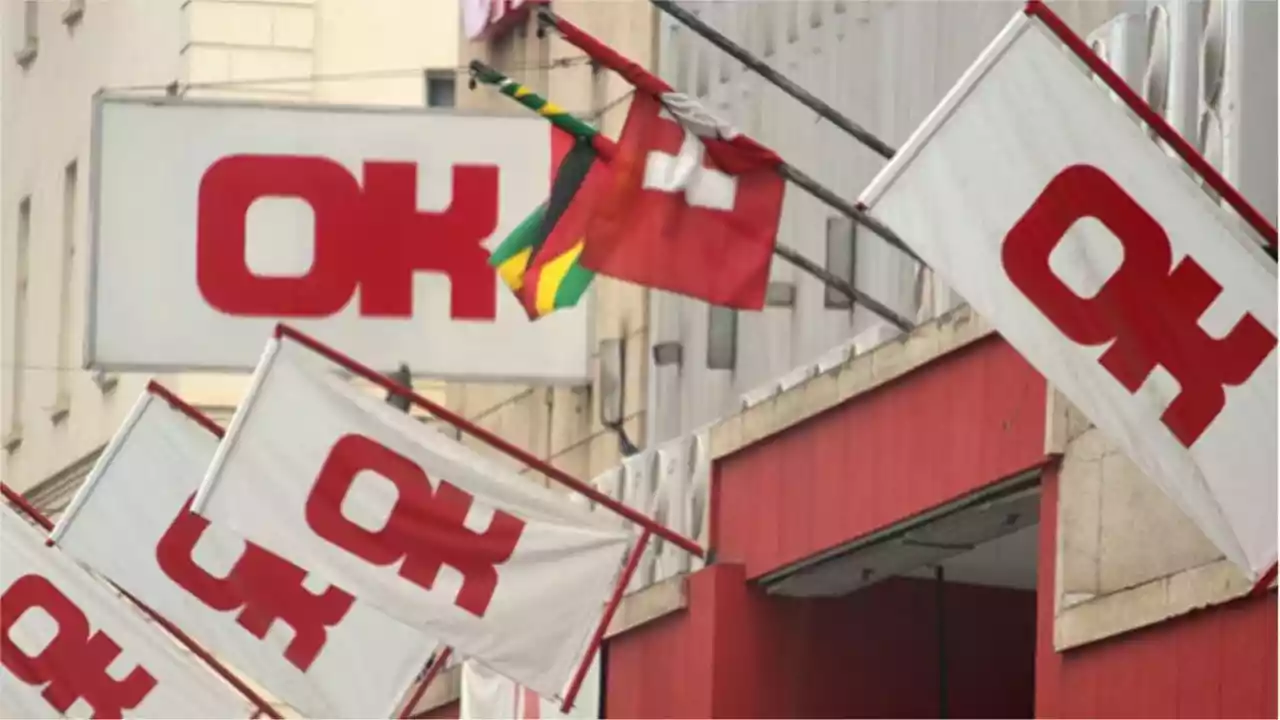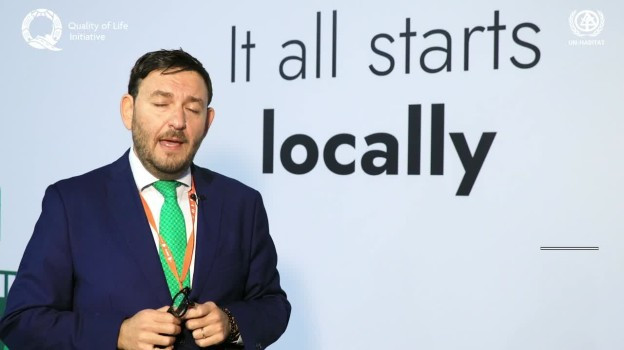
The Proton Saga is perhaps the most affordable brand new vehicle in South Africa, priced at R200 000. Selling it locally, without tariffs and taxes, would put the price at about US$12 000.
Affordable vehicles in Zimbabwe continue to be burdened by government duties (Take a look at this please, Professor Mthuli Ncube, our Finance minister, I beg you. Government can make up for the duties they will lose on fuel, toll fees and auto parts. More Zimbabweans should get behind the wheel).
Unfortunately, Zimbabwe does not have a single Proton dealership. It would be great if a franchise could be brought to Zimbabwe by an organised dealership.
As an example of honest driving at its finest, the Malaysian brand, Proton Saga, blends sturdy build and materials with cheap pricing.
Zimbabweans are familiar with the brand, and it is making strides in the same direction as its Chinese rivals. Geely Automotive, a Chinese conglomerate that owns Proton, Volvo, Polestar and Lotus Cars, acquired a 49% share in Proton in 2017 via a huge transaction. The reason the brand is becoming better is now obvious. Renowned brands are now supporting it.
Design
Let me be honest: The Saga isn’t going to be a beauty queen. Its basic, three-box form exudes simplicity and utility. You may easily enter and leave the building since the doors open wide and the entrances are of a suitable size. Not only is it functionally flawless, but it also looks nice doing it.
Among the many colour options for the Saga, which include Snow White, Armour Silver and Ruby Red, the eye-catching Rosewood Maroon is the one that really highlights the model’s lines.
- Mavhunga puts DeMbare into Chibuku quarterfinals
- Bulls to charge into Zimbabwe gold stocks
- Ndiraya concerned as goals dry up
- Letters: How solar power is transforming African farms
Keep Reading
The Saga stands out from its rivals in its market because of its well-proportioned body and sporty accents like the boot lid spoiler and rear lower valance.
Like I said earlier, the Saga isn’t ugly, but it could have trouble drawing in buyers because of its lack of curb appeal. However, according to the pitch, it’s all about the practicality and ease of driving, not the appearance.
Inside the Saga
The room design is quite essential when thinking about who will be seeing the saga. The base manual gearbox model I tested has roomy back seats and plush fabric upholstery throughout.
It is a pleasant means of transportation since front passengers also have plenty of space for their legs and shoulders.
There is a lot of plastic inside, but it doesn’t seem cheap and ugly; indeed, it fits the price range very well. Also, with 420 litres of space, the trunk can hold all four passengers’ bags.
Comfort
With its electric windows, air conditioning, Bluetooth audio system with two speakers, electric side mirrors, height-adjustable driver’s seat and rear parking sensors, the Saga is surprisingly fun to drive for an entry-level sedan.
Ingress and egress are made simple with the broad door openings, and the seats are cushioned enough for short rides, but a lengthy trip to the coast could be too much to bear.
Performance
The Saga’s 1.3-litre inline four-cylinder gasoline engine is paired with a four-speed automatic gearbox, and it produces 70kW and 120Nm of torque. It may not win any races with its 13-second 0-100km time, but it provides a linear drive.
From a driving perspective, the Saga is head and shoulders above the competition in its class; even under heavy acceleration, the engine never appears to struggle and the automatic gearbox does an adequate job of guiding the driver into gear at the optimal times.
When I pressed down on the right pedal with my hefty foot, the gearbox would hold the gears for far longer than I would have liked and would shift down at the worst possible times. Given the nature of the everyday travel the Saga will be performing, this shouldn’t be a deal-breaker for the driver.
Fuel consumption
The Saga is fantastic news since gas prices are climbing rapidly, about to reach US$1,60 per litre. Based on my combined cycle testing, I can tell you that the consumption estimates claimed by Proton — 7.0 litres per hundred kilometres — are far lower.
During my brief time testing the Saga in South Africa, I achieved an impressive 5,9l/100km and returned the compact sedan with slightly less than half a tank of petrol.
Safety
The Saga gets four stars from ASEAN New Car Assessment Programme because of how seriously they take safety in this area. The A-segment sedan comes with traction and stability control, hill start assist, electronic brake force distribution and anti-lock brakes. Two airbags, one for the driver and one for the passenger, will keep everyone safe, and the ISOfix anchor points will allow parents to secure their child safety seats.
Competitors
There is a reasonable amount of competition in the entry-level sedan market, sometimes known as the A-Segment. Vehicles such as the Suzuki DZire, the Honda Amaze, the Toyota Etios, and the ubiquitous Volkswagen Polo Vivo Sedan are all challenged by the Saga.
My decision
The Proton Saga isn’t exactly a show-stopper, but it gets the job done without much drama or fanfare. If you have a small family and use your car for short trips, such as to and from school and the store, the Saga will be a good choice.
But I think most of these cars will wind up in rental fleets or with the people who run the taxi services that take people to and from the airport for a fee. Those travellers might have it much worse; therefore, this is really a positive development.
On the other hand, I strongly suggest giving one a spin if you are interested in this kind of vehicle. — andrew@muzamhindo.com










